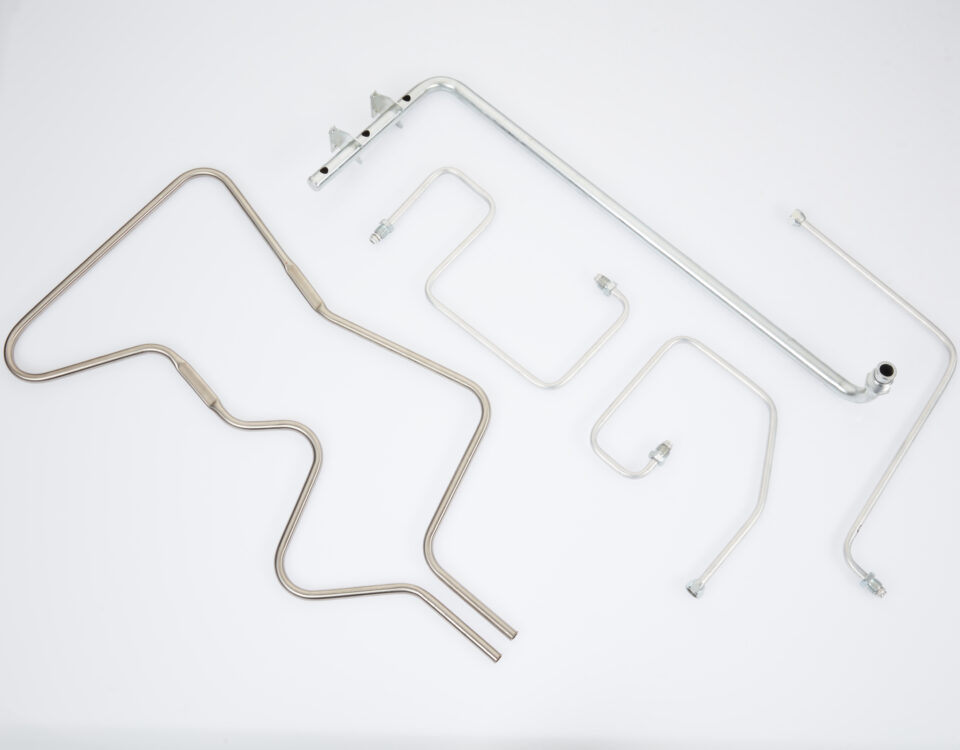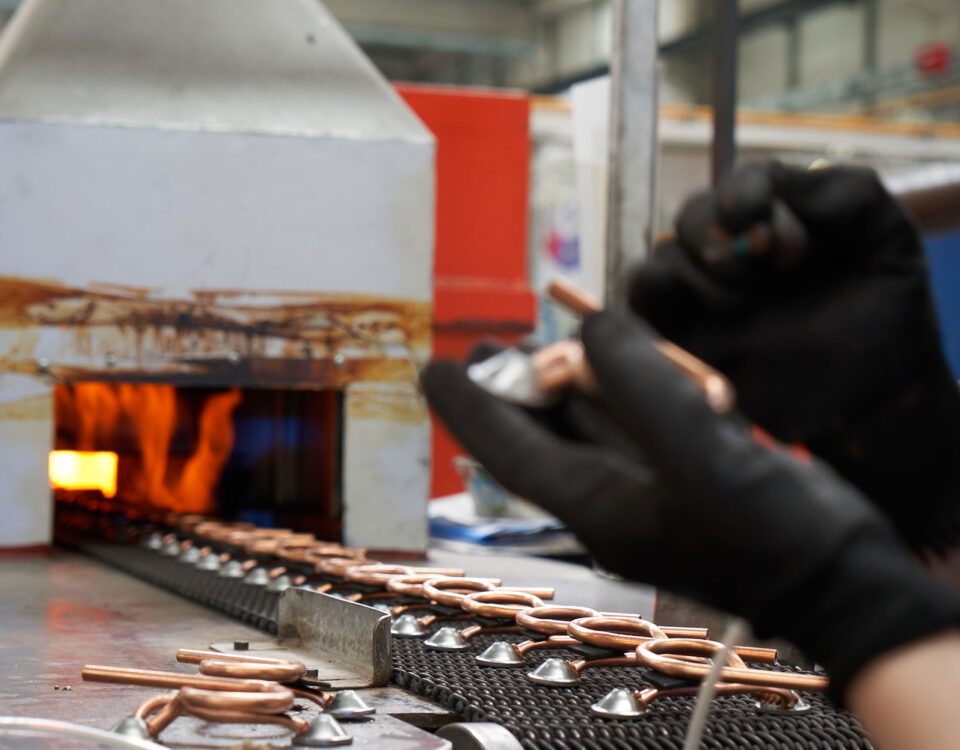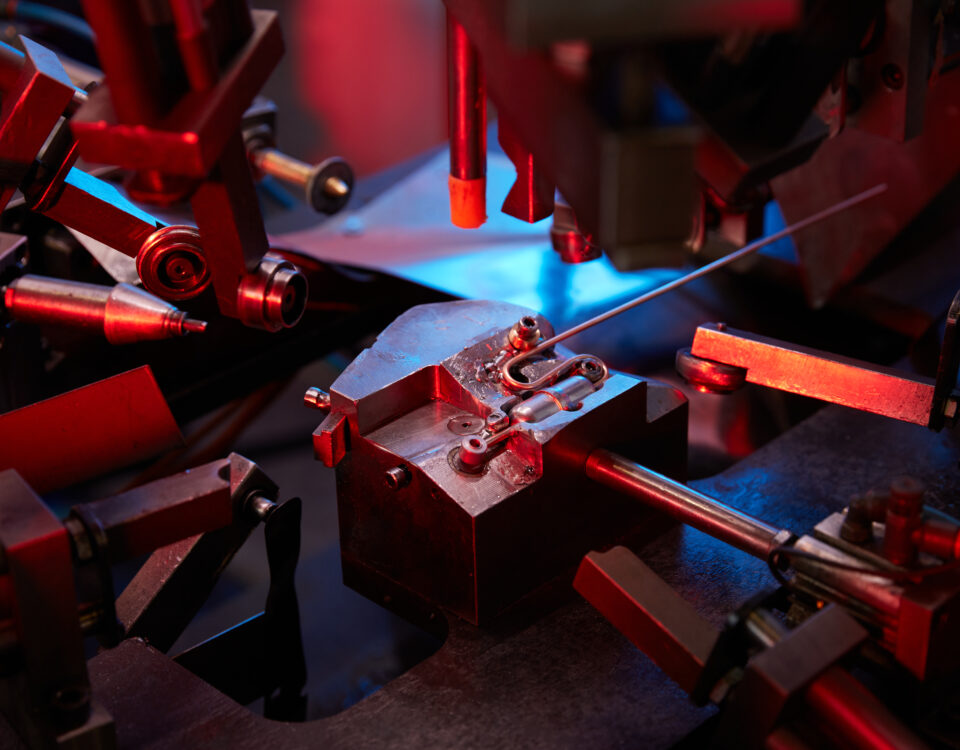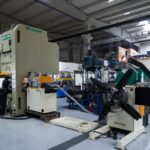
CNC Tube Bending
July 11, 2024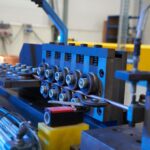
Innovative Metal Shaping
July 18, 2024Metal Alloy Brazing Techniques
Introduction to Brazing
Brazing stands as a robust method for joining metal alloys, offering high strength and durability. Unlike welding, brazing uses a filler metal that melts at a lower temperature than the base metals. This process ensures minimal thermal distortion, making it ideal for precision assemblies.
Benefits of Brazing
Industries value brazing for its ability to join dissimilar metals, providing flexibility in design and application. The technique creates strong, sealed joints that resist thermal and mechanical stresses. It also allows for the production of complex and lightweight structures.
EPTA’s Advanced Brazing Capabilities
EPTA excels in modern brazing techniques, employing state-of-the-art equipment in its factory. This capacity supports high-volume production with consistent quality. EPTA’s expertise includes handling a variety of metal alloys, ensuring optimal results for every project.
Brazing Materials and Their Applications
Choosing the right filler metal is crucial for effective brazing. Commonly used materials include silver, copper, and aluminum-based alloys. Each offers distinct advantages, tailored to specific operational requirements and environmental conditions.
Process Optimization at EPTA
EPTA’s brazing process undergoes continuous optimization, incorporating the latest technological advancements. This proactive approach enhances efficiency and reduces waste, aligning with sustainability goals. The factory’s capacity to adapt quickly to changing demands underscores its industry leadership.
Conclusion
EPTA remains at the forefront of brazing technology, ready to meet diverse industry needs. Its commitment to innovation and quality ensures that it remains a preferred partner in metal alloy assemblies.
Interested in enhancing your product’s performance with superior brazing techniques? Visit EPTA’s website to discover how our advanced capabilities can benefit your project. Connect with us today to discuss your specific requirements and explore tailored solutions.



